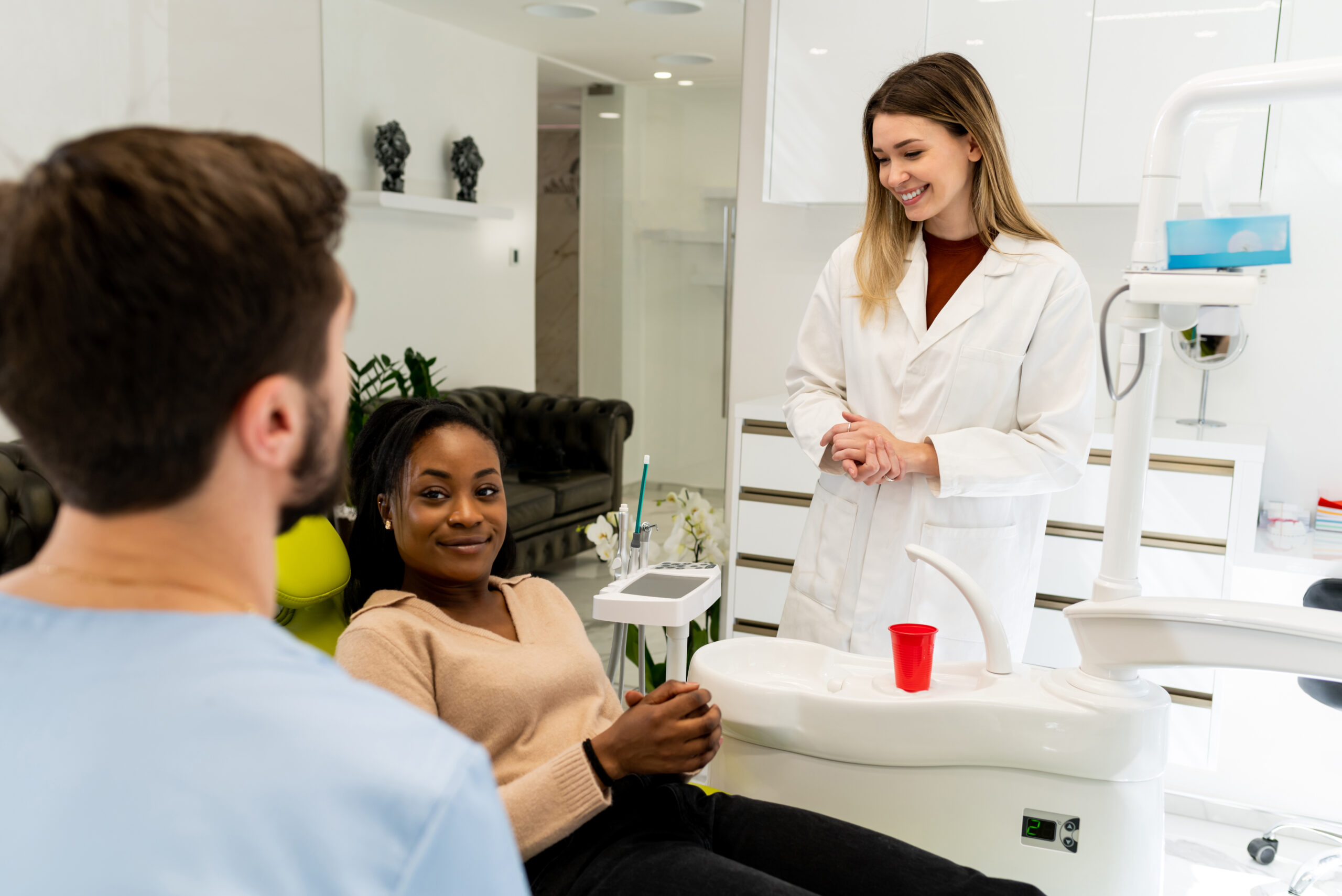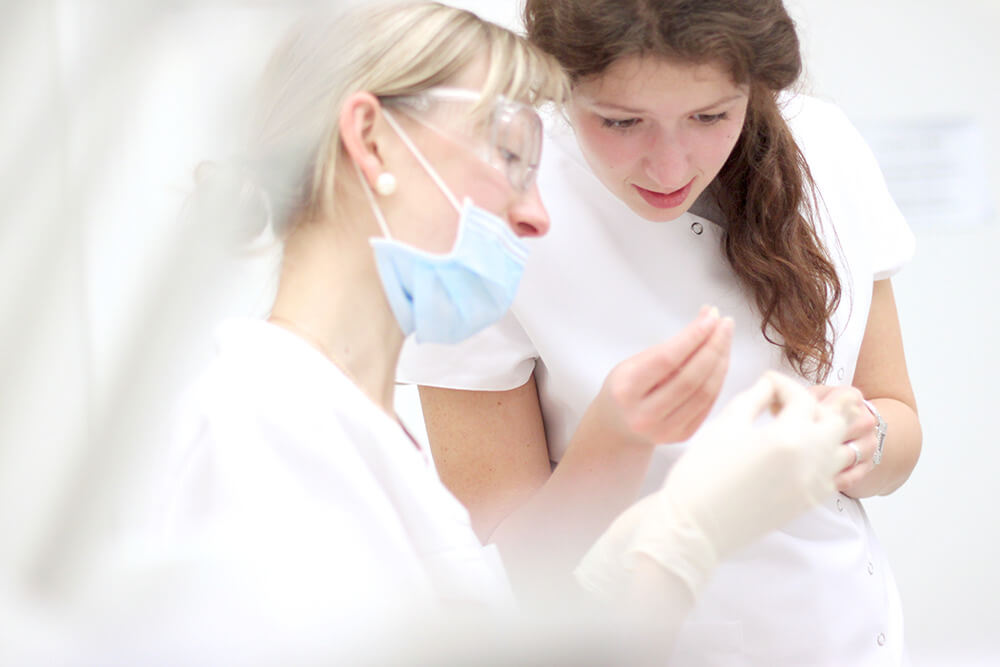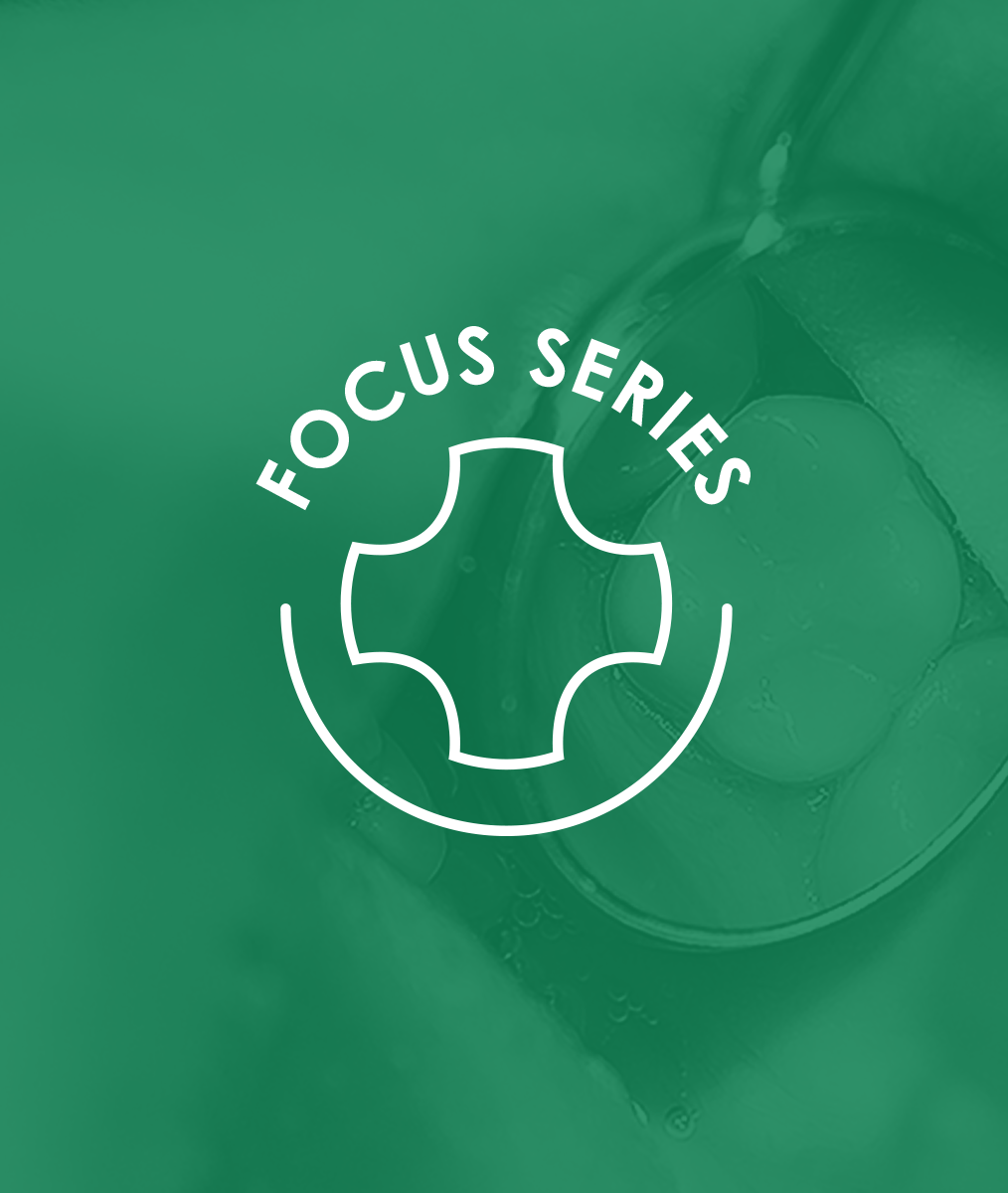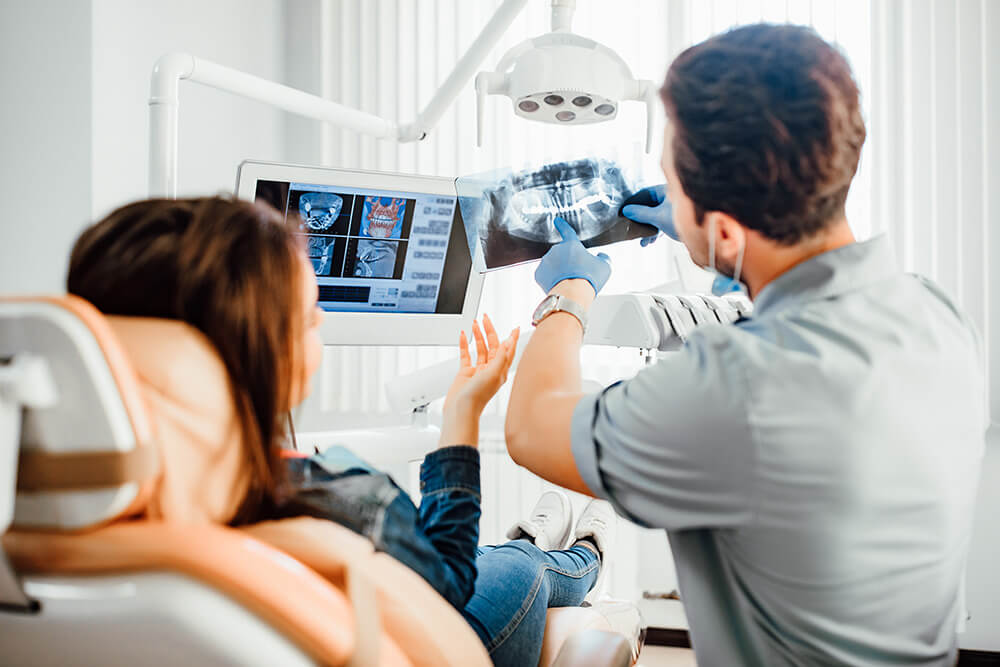Partnering in Health Part 7: The Path to a More Elegant Treatment Plan
By Mary Osborne, RDH
Dr. Rachel Naomi Remin says, “Doctor, you may know what’s best for the disease the patient has but that’s not the same as knowing what’s best for the patient.”
It’s difficult to let go of our own assumptions about what we’re supposed to do, how healthy this person should be based on our criteria, and what is the best path forward in every situation. Our clinical training leads us to believe that we’re supposed to know what’s best for our patient.
There is another quote, from Dr. Albert Schweitzer, which has challenged my thinking about patient care for a long time:
“Patients carry their own doctor inside.”
I believe that every one of us has opinions, ideas, and knowledge about our own health. That is the doctor inside. Dr. Schweitzer said patients come to us knowing we have expertise, but “we are at our best when we give the physician who resides within each patient a chance to go to work.” When we do that, we help people become healthier.
There is a place for our solutions. There is a place for our expertise to show up. But if we slow ourselves down a half step, we are often amazed at the answers patients come up with. They can be downright creative and elegant. The reason they are elegant is because they are their solutions, and patients are more likely to follow through with solutions they conceive. I’m not saying we shouldn’t guide them to understanding the advantages and disadvantages of their solutions and other possibilities that you we know are out there, but we should be open to allowing them to think about solutions and not prejudge their choices.
For example, if a patient says she or he doesn’t have time to floss, I was trained to say, “Well, don’t you watch the evening news? You can do it while you’re watching the news. Right?” That’s about me having the solution. But now I sit back and say to the patient, “Well, it sounds like you’re very busy. Is there any time at all during the day when you’re sitting, and you feel that you could floss easily?” When I ask the question, they usually have a better answer than the nightly news. It’s a better solution because it’s their solution. They have bought into it at some level.
In many cases, we see the “treatment” for a problem as we’re seeing the problem. That’s something that we take a great deal of pride in. But when we come together with our patient, sitting eye to eye, we can often come to a much more elegant treatment plan, one that moves us more comprehensively toward our goal of improved health. In between what is and what is possible, we encourage the patient to discover the level of health to which they aspire. We come to mutual agreement about going forward in a certain way to accomplish some things that are bigger and better than just solving “a problem.”
Related Course
Surgically Facilitated Orthodontic Therapy
DATE: October 10 2024 @ 8:00 pm - October 10 2024 @ 9:00 pmLocation: Online
CE HOURS: 1
Date: October 10, 2024 Time: 8 – 9 pm ET Speaker: George Mandelaris, DDS, MS COURSE DESCRIPION Patients seeking ideal esthetics may require a more sophisticated diagnosis and treatment plan…
Learn More>



















